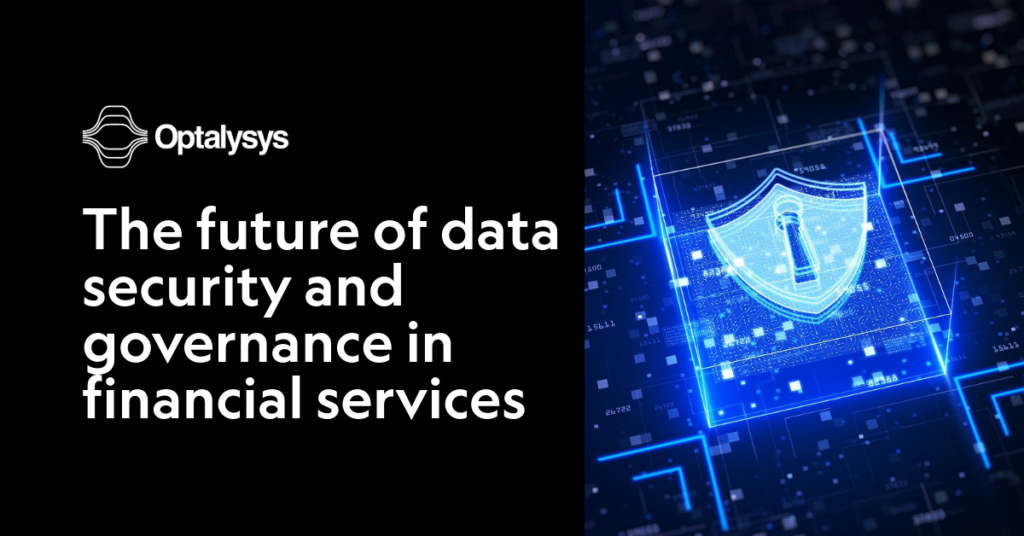
Confidential blockchain use cases to drive mass adoption
Blockchain has clamoured for widespread adoption for years. While it’s made inroads in areas like healthcare or finance, broader business adoption remains elusive.
The missing ingredient? Privacy.
Fully Homomorphic Encryption (FHE) is transforming blockchain, enabling confidential transactions and smart contracts without compromising the properties of composability and integrity that make blockchain so attractive.
With the arrival in 2025 of solutions and tools for creating and working with FHE in the blockchain, the opportunity to realise the potential of these technologies is now here. However, achieving the full scope of what confidential blockchain has to offer is contingent on the ability to handle encrypted operations at scale.
It is only through the orders-of-magnitude speedups provided by dedicated hardware acceleration, such as specialised FPGAs or, further down the line through silicon photonics, that the most transformative, FHE-powered use cases can drive the next wave of the blockchain revolution.
Confidential DeFi
Decentralised Finance (DeFi) on blockchain has demonstrated the power of open, programmable finance, but its inherent transparency exposes users to risks like front-running and the loss of Maximum Extractable Value in their trades, and reveals sensitive trading strategies or portfolio compositions.
Accelerated FHE can fundamentally change this:
- Confidential transactions/private smart contracts: Executing smart contract logic (e.g., DeFi interactions like swaps, lending, staking) or processing transactions where inputs, outputs, or intermediate states remain encrypted on the blockchain at all times or within the execution environment
- Confidential lending & borrowing: Users could borrow against collateral or lend assets where their exact positions and health factors are encrypted within the smart contract, only revealing status (e.g. liquidation risk) without exposing precise values
- MEV exploitation resistance: FHE enables encrypted mempools or transaction batch auctions where transaction details are hidden until execution, mitigating front-running opportunities
Private digital identity & verifiable credentials
Managing identity online remains a challenge, balancing usability with privacy and security. But encrypted blockchain offers a compelling, and highly secure way forward.
- Confidential Know Your Customer/Anti-Money Laundering verification: Imagine a user proving they meet certain criteria (e.g., are over 18, hold a specific qualification, meet KYC requirements for a DeFi protocol) by allowing a smart contract to perform an FHE computation on their encrypted credentials stored on-chain or referenced via Decentralised Identifiers. The contract verifies the claim without ever seeing the user’s actual age, specific qualification details, or raw personal identifiable information (PII), aligning strongly with data minimisation principles under GDPR. Fast verification, enabled by acceleration, is key for user experience
- Selective disclosure: Users can authorise FHE computations that reveal only specific, necessary attributes derived from encrypted credentials, maintaining fine-grained control over their private information
Secure Web3 gaming
The vision of persistent, player-owned assets and economies in Web3 gaming is powerful, but on-chain logic often requires transparency that breaks immersion or enables cheating within multiplayer games. Accelerated FHE introduces new possibilities:
- Hidden information games: Card games, for example, could manage encrypted hands, where the game state is updated homomorphically based on player actions without revealing private information until necessary. Smooth gameplay requires near real-time FHE state updates, which requires acceleration
- Private in-game assets & transactions: Player inventories or attributes can have encrypted components, enabling features like hidden item stats or confidential peer-to-peer trades processed securely on-chain. This prevents opponents from being able to see pending moves, analyse strategies or manipulate the game through a form of front-running
- Fairness in generative content: Mechanisms for generating random outcomes or content within a game can use FHE to ensure fairness and unpredictability without exposing the underlying algorithms or seeds
Without hardware acceleration, the latency involved in performing FHE computations makes real-time interactions or complex game logic updates on-chain impractical, disrupting the user experience. Where FHE is implemented on blockchain applications that don’t necessarily require very low latency, its adoption is still hindered by high energy costs and intensive computational loads.
These examples merely scratch the surface. Secure voting systems, confidential supply chain tracking, privacy-preserving AI – numerous high-value applications become feasible when FHE’s computational barrier is overcome, enabling the scalability required by enterprise operations and lowering the costs of implementation.
The common thread is the need for complex cryptographic operations to execute efficiently enough to be integrated into dynamic blockchain applications. Hardware acceleration is the fundamental enabler turning these concepts into viable products and services capable of driving mainstream adoption of blockchain technology into sensitive domains cost-effectively.
As FHE-enabled blockchains and Layer 2 solutions emerge, the availability of performant hardware acceleration will be the critical factor determining their success and impact.
At Optalysys we’re developing the future of encrypted blockchain through pioneering the use of optical computing to accelerate Fully Homomorphic Encryption. Get in touch with us to find out how we can accelerate your FHE use case →

